Is a Full Roof Replacement Necessary, or Can It Be Repaired?
By Scott & Karen Dillman | October 1, 2025
Highlights:
- Not all roof problems require a full replacement; strategic repairs can extend service life.
- Age, extent of damage, and deck/flashings condition determine the smartest path.
- Urbana, IL weather and code requirements influence repair vs. replacement decisions.
- Dillman Brothers provides documented inspections and clear, side-by-side options.
- According to respected industry and safety sources, proper evaluation prevents repeat failures.
When a roof leaks or shingles go missing after a storm, many homeowners wonder if they're facing a full replacement or a targeted repair. The best answer depends on age, condition, and the underlying roof deck. In Urbana, IL, seasonal swings, wind, and rain can compound small issues over time. A careful inspection looks beyond surface shingles to evaluate flashing, underlayment, penetrations, and ventilation. With a thorough assessment, homeowners can compare cost, risk, and longevity to choose the most sensible path. Local pros like Dillman Brothers help quantify those trade-offs with photos, moisture readings, and written scopes.
When Repairs Are Enough
Repairs make sense when damage is localized-think a handful of lifted shingles, a small flashing failure, or a vent boot crack. If the roof is relatively young, has one roofing layer, and the deck is sound, repairs can restore watertightness without the cost of replacement. Matching material, re-sealing penetrations, and re-integrating underlayment at the repair area are critical. Equally important is tracing the leak back to its source; water can travel along felt, sheathing, or rafters before appearing inside, so precise diagnostics matter more than patching where the drip shows up.
When Replacement Is Smarter
Replacement is often smarter when problems are widespread: multiple leaks across planes, granule loss exposing asphalt, brittle shingles, degraded flashing, or soft spots in the deck. Age matters, too — once a roof nears the end of its expected service life, each repair buys less time. According to
This Old House, asphalt shingle roofs generally last 15–30 years, depending on climate, material quality, and maintenance. If core elements are compromised, full replacement typically delivers better performance and warranty value.
Frequently Asked Questions
How do I know if it's beyond repair?
Multiple active leaks, widespread shingle failure, and deck deterioration are strong replacement signals.
Can I just replace one slope?
Sometimes, but color matching and transitions can be tricky-evaluate aesthetics and warranties.
Do nail pops and small cracks mean replacement?
Not necessarily; isolated defects can often be repaired if the roof is otherwise healthy.
Roofs are systems, not just shingles. Performance depends on how components interact-decking, underlayment, ice/water barrier, drip edge, flashing, shingles, and ridge ventilation. A leak at a chimney may be less about shingle age and more about flashing integration or counter-flashing height. Similarly, condensation in winter could indicate ventilation or air-sealing issues rather than exterior water entry. A systems approach prevents "whack-a-mole" fixes by identifying root causes. That's why documented inspections with photos and a prioritized punch list provide clarity on what truly needs repair and what points toward replacement.
Local Conditions in Urbana, IL
In Urbana, IL, inspections should include the attic. Signs like darkened sheathing, rusted fasteners, compressed insulation, or frost patterns can reveal hidden moisture routes. Exterior checks should confirm fastener pull-through, shingle pliability, granule retention, and flashing integrity at walls and valleys. Slopes with heavy sun exposure may age faster, while shaded areas can harbor algae or retain moisture. Local contractors such as Dillman Brothers also factor in wind exposure, nearby tree coverage, and the home's eave/soffit details to judge ventilation and ice-damming risk that influence repair durability.
Cost and ROI Considerations
Costs and timelines differ. Repairs are quicker and cheaper but offer limited warranties tied to the specific area. Replacements carry higher upfront cost yet consolidate risk, refresh all flashings, reset ventilation, and qualify for broader manufacturer warranties. Think in terms of "cost per year of service": a well-executed replacement can provide predictable performance and often lower maintenance. If a roof is mid-life with localized issues, strategic repairs may be the most economical choice. If it's aging with systemic failures, replacement usually lowers total cost of ownership over the next decade.
Frequently Asked Questions
Will a repair void my warranty?
It depends. Follow manufacturer and installer guidance; keep records to maintain coverage.
How long should a repair last?
Quality repairs on a healthy roof can last years; on end-of-life roofs, they may be short-term.
Do I need a permit for repairs?
Often not for minor work, but local rules vary-confirm requirements in Urbana, IL.
Material matters. Heavier architectural asphalt shingles resist wind better than old 3-tabs; modern underlayments improve secondary protection. Metal, tile, and synthetic options differ in lifespan, weight, and fastening systems. If you're repairing, match the existing profile and exposure; if you're replacing, compare uplift ratings, impact resistance, and ventilation compatibility. A careful material review prevents mixing systems in ways that void ratings. Consider accessories like starter strips, closed-cut valleys, and enhanced ridge caps that reduce failure points, especially in areas that see gusty spring storms.
Weather Resilience
Weather resilience is a key differentiator. According to the Insurance Institute for Business & Home Safety (IBHS), features such as sealed roof decks, improved edge securement, and enhanced nailing patterns significantly increase wind and water intrusion resistance. Even during repairs, adopting better fastener spacing or upgraded underlayment at eaves can pay dividends. In Urbana, IL, gusty fronts and heavy rains make edge metal and valley details especially important. When replacing, consider impact-rated shingles and balanced intake/exhaust ventilation to reduce uplift and condensation risks.
Insurance and Documentation
Insurance and documentation matter when storms strike. File claims promptly, photograph interior and exterior damage, and protect openings to mitigate further loss. An experienced contractor will provide a line-item scope that distinguishes pre-existing conditions from storm-related damage. If only one slope is affected, a partial repair may be appropriate; if materials are discontinued or color mismatch is severe, broader replacement may be justified. Clear reports, serial numbers for materials, and permit/inspection records help align insurer expectations with the real conditions found on your roof system.
Frequently Asked Questions
Can I layer new shingles over old ones?
Sometimes allowed, but it can hide problems and add weight-stripping to deck is often best.
What about flashing?
Reusing tired flashing is risky. Replace step, counter, and valley flashings during major work.
Does ventilation really matter?
Absolutely. Poor ventilation accelerates aging and can void warranties.
Expect an evaluation process that starts with a roof-and-attic survey, moisture readings, and a written plan showing repair areas or full-system replacement details. With Dillman Brothers, homeowners in Urbana, IL receive side-by-side options: scope, timeline, materials, code items, and warranties. For repairs, that may include replacing damaged shingles, resetting flashings, and re-sealing penetrations. For replacements, the scope adds deck re-nailing where needed, full underlayment, drip edge, ice/water shield at vulnerable zones, and balanced ventilation-all integrated for a continuous water-shedding assembly.
Local Compliance and Building Back Better
Local compliance protects your investment. Final inspections verify fastening, flashing, and ventilation against approved plans. According to the Insurance Information Institute, about 40% of insured hurricane losses are attributed to wind and wind-driven rain entering through compromised roofing systems, making upgrades like edge metal, underlayment, and deck attachment a proven way to reduce future loss. Even if only a section is being repaired, integrating best-practice details-like sealed roof deck membranes at eaves and valleys-improves resilience without significantly changing the project scope or schedule.
Sustainability Considerations
Sustainability can factor into the decision. If the roof is close to end-of-life, replacement enables higher-reflectance shingles, improved attic ventilation that eases HVAC load, and underlayments that enhance durability. Recycling tear-off where available reduces landfill impact. For repairs, choosing long-lasting accessories (like corrosion-resistant fasteners and UV-stable sealants) extends service life and reduces waste. Whichever path you choose, insist on documented details and materials so future maintenance remains straightforward and compatible with today's assembly.
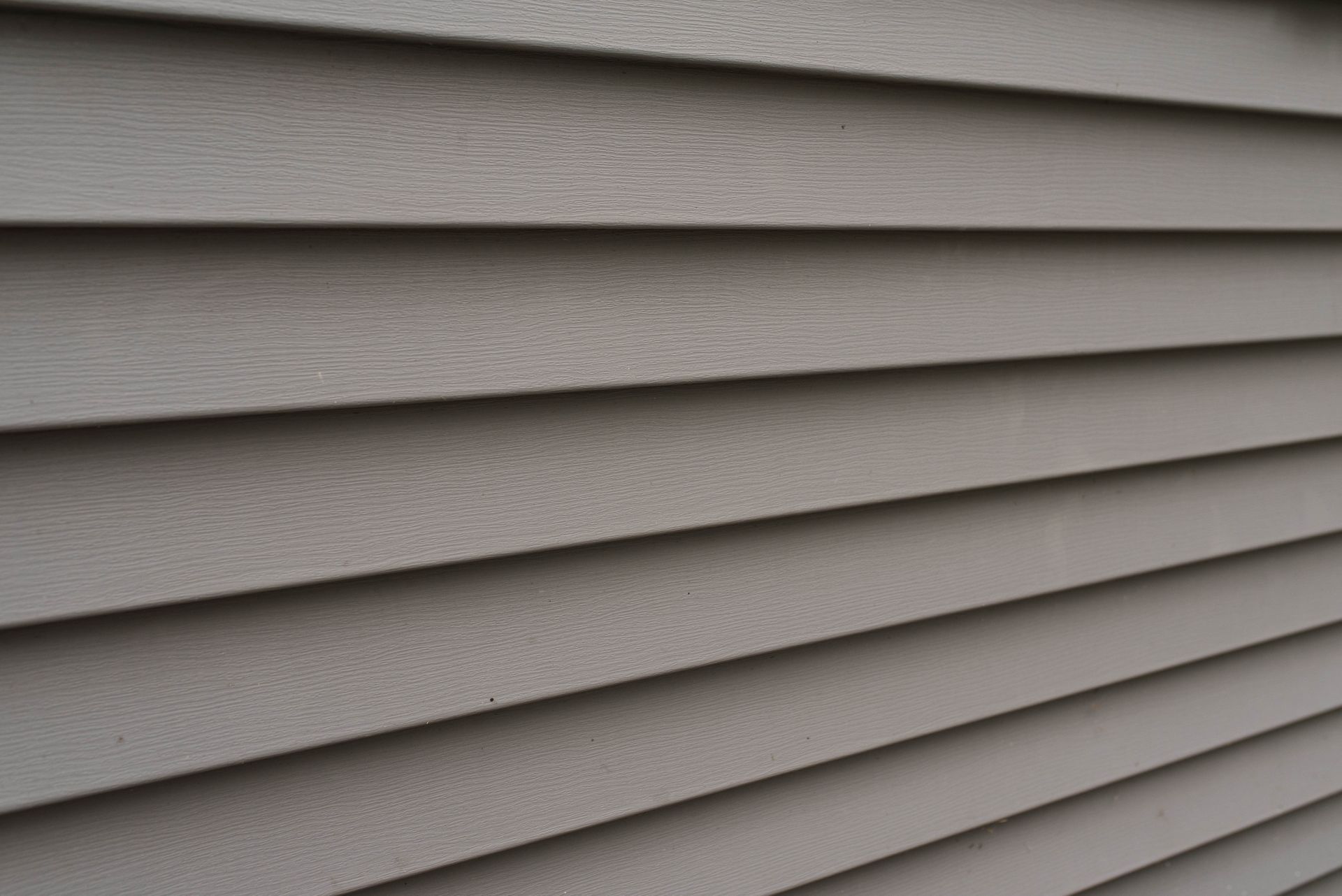


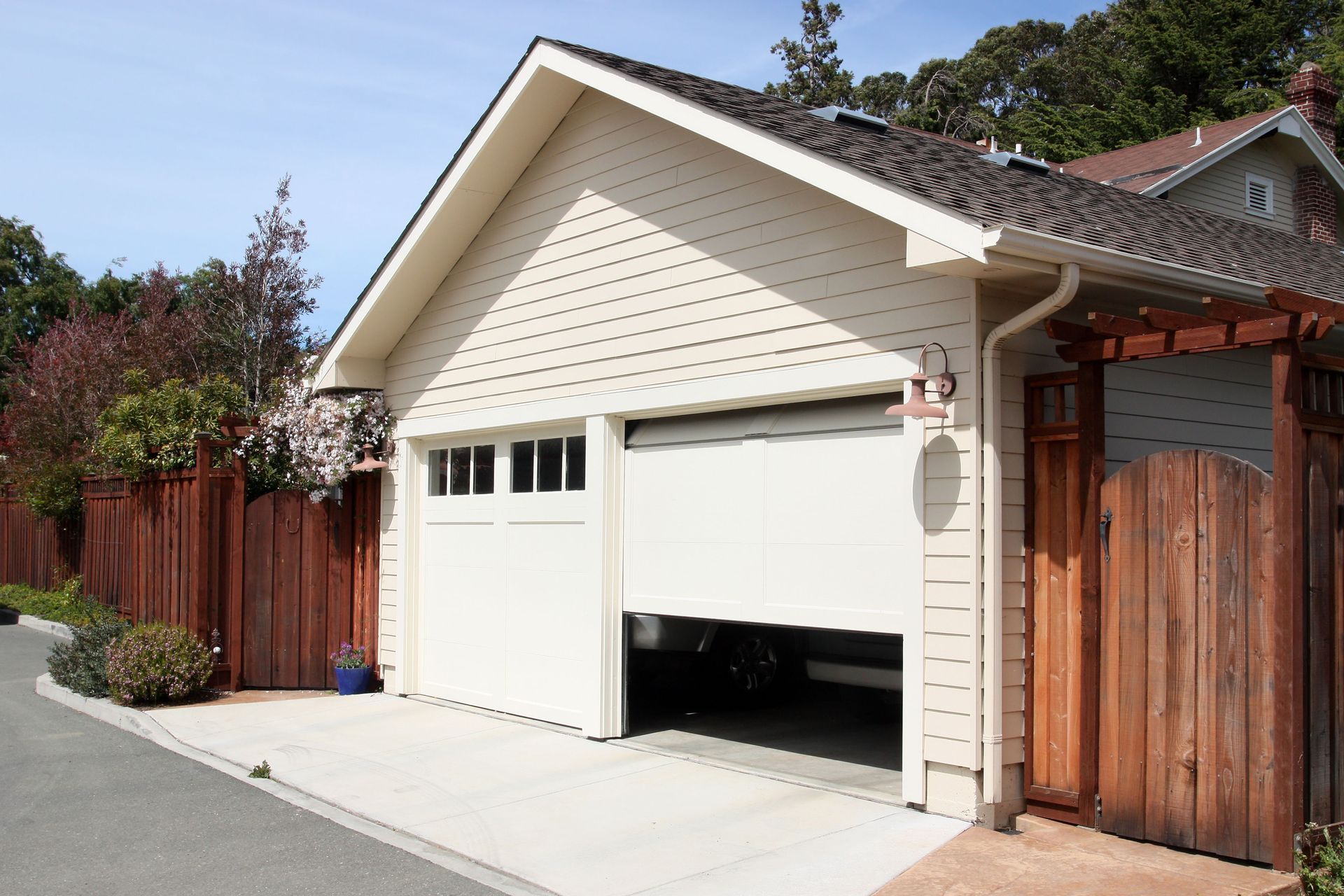
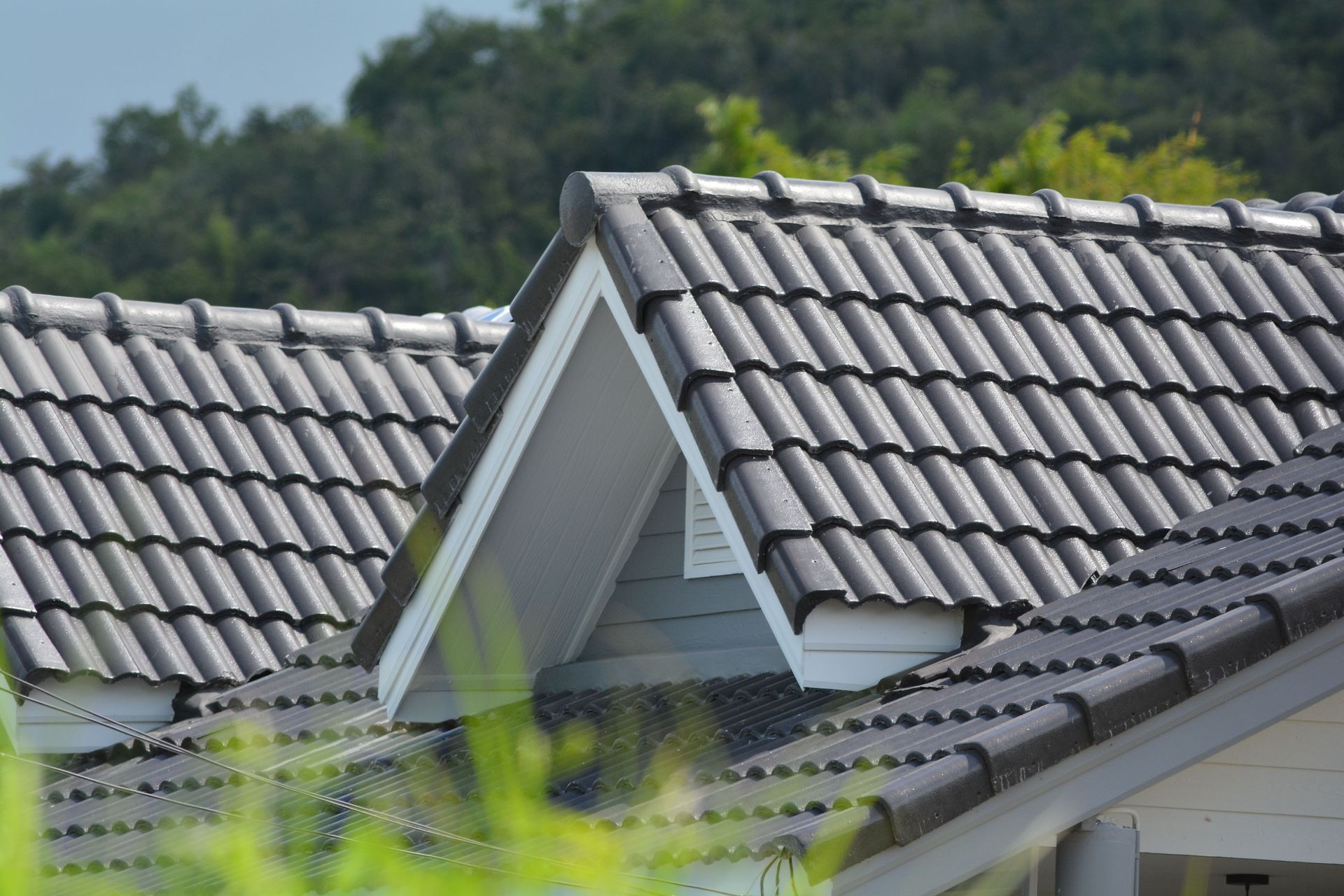
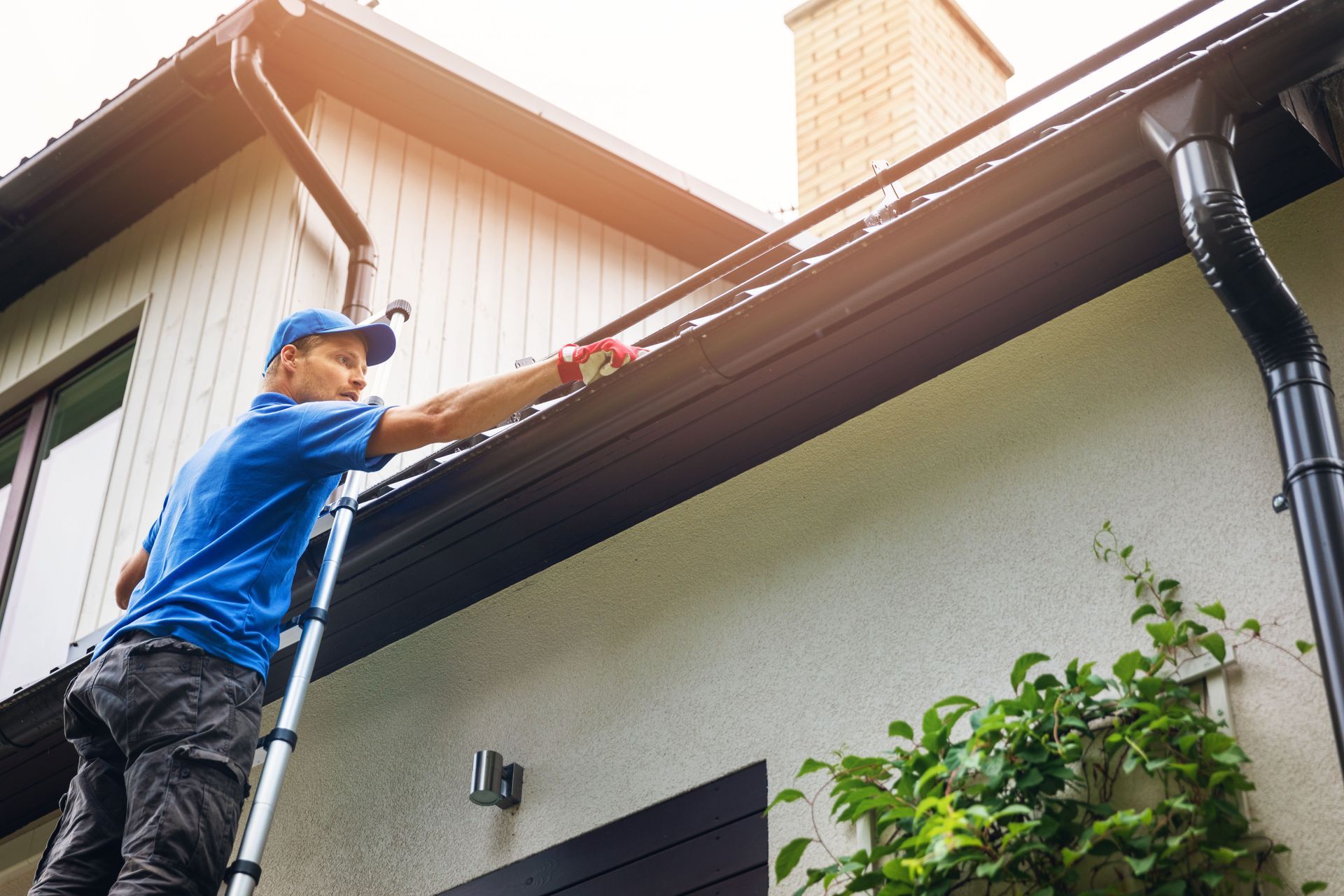
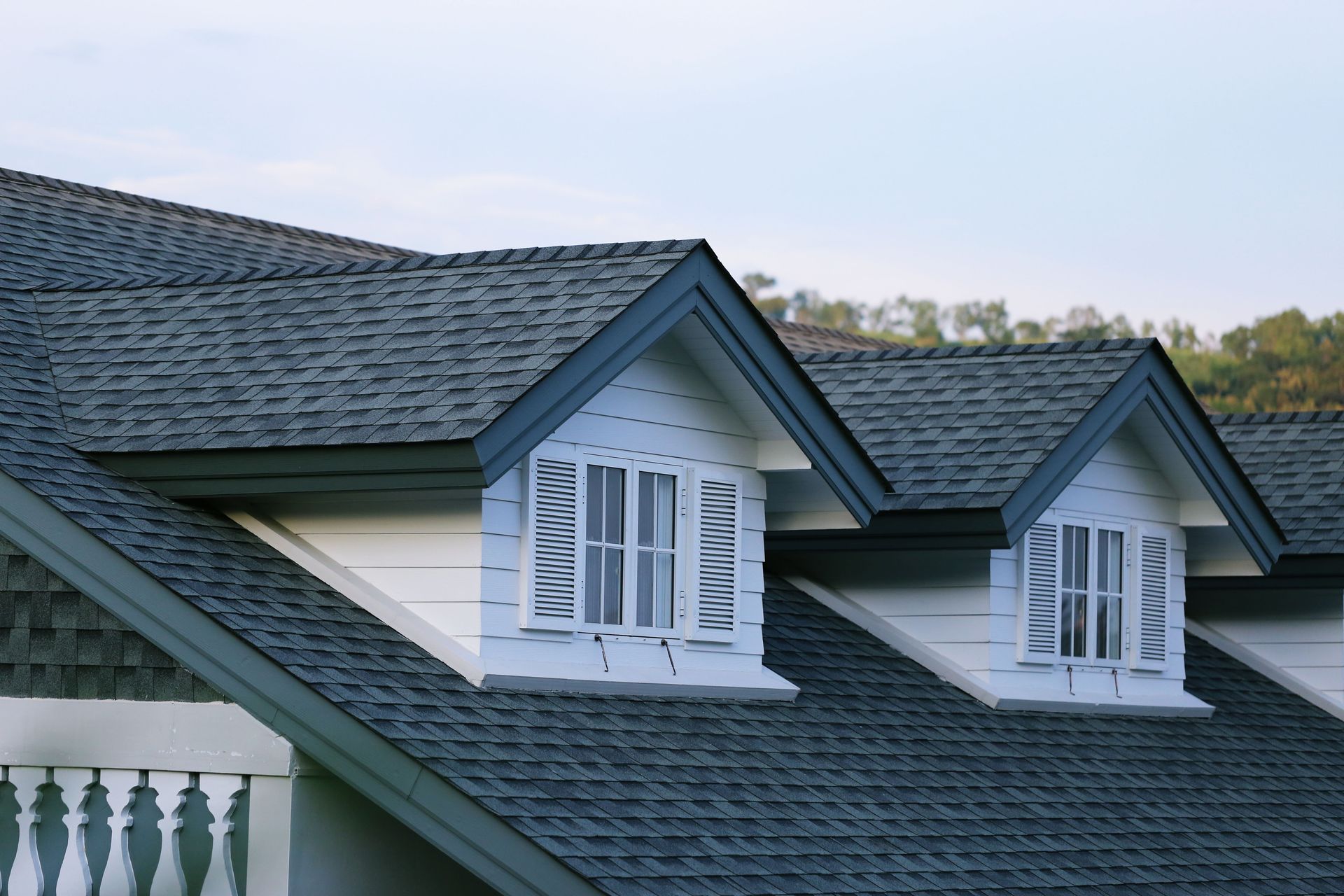
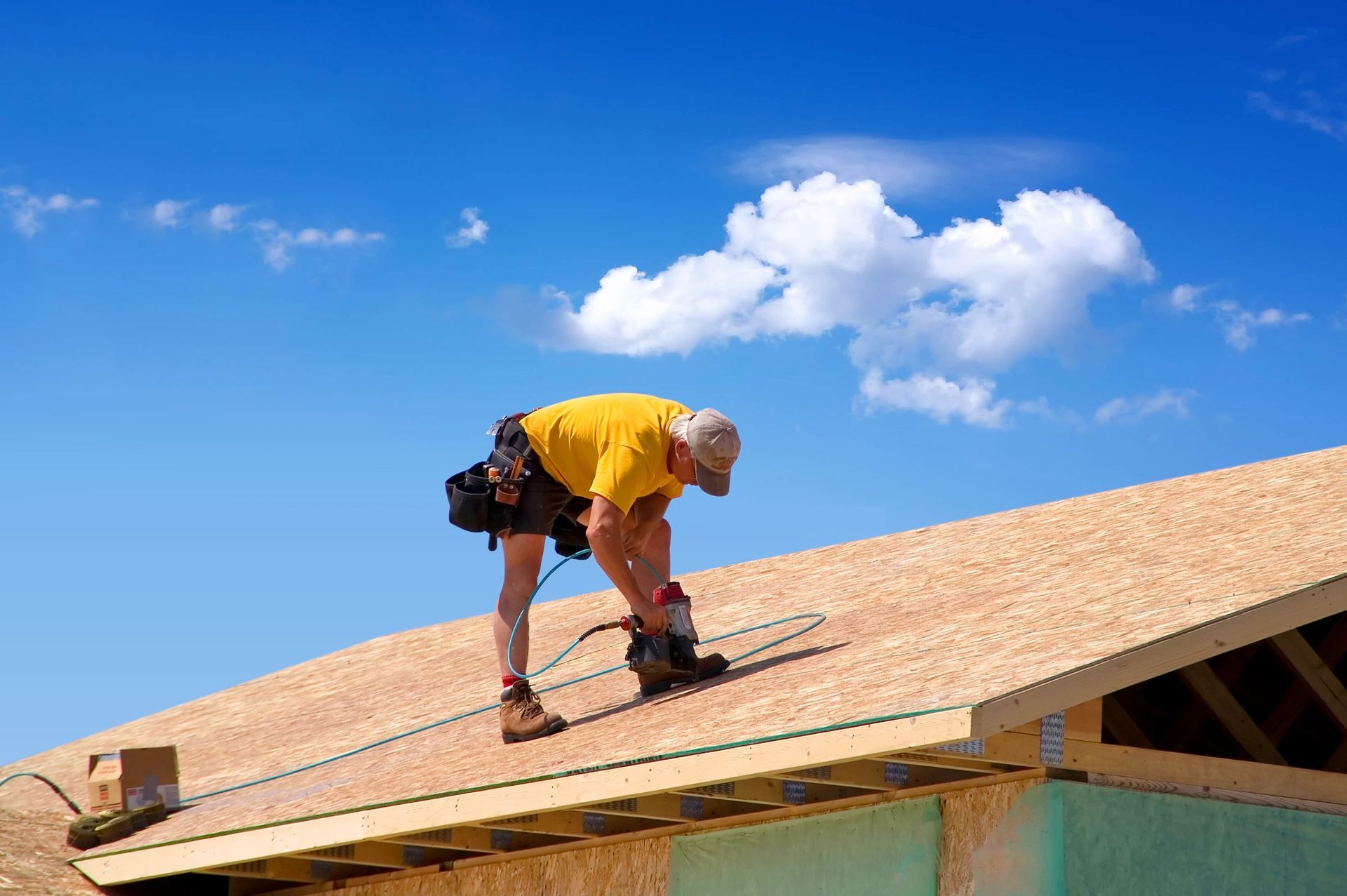
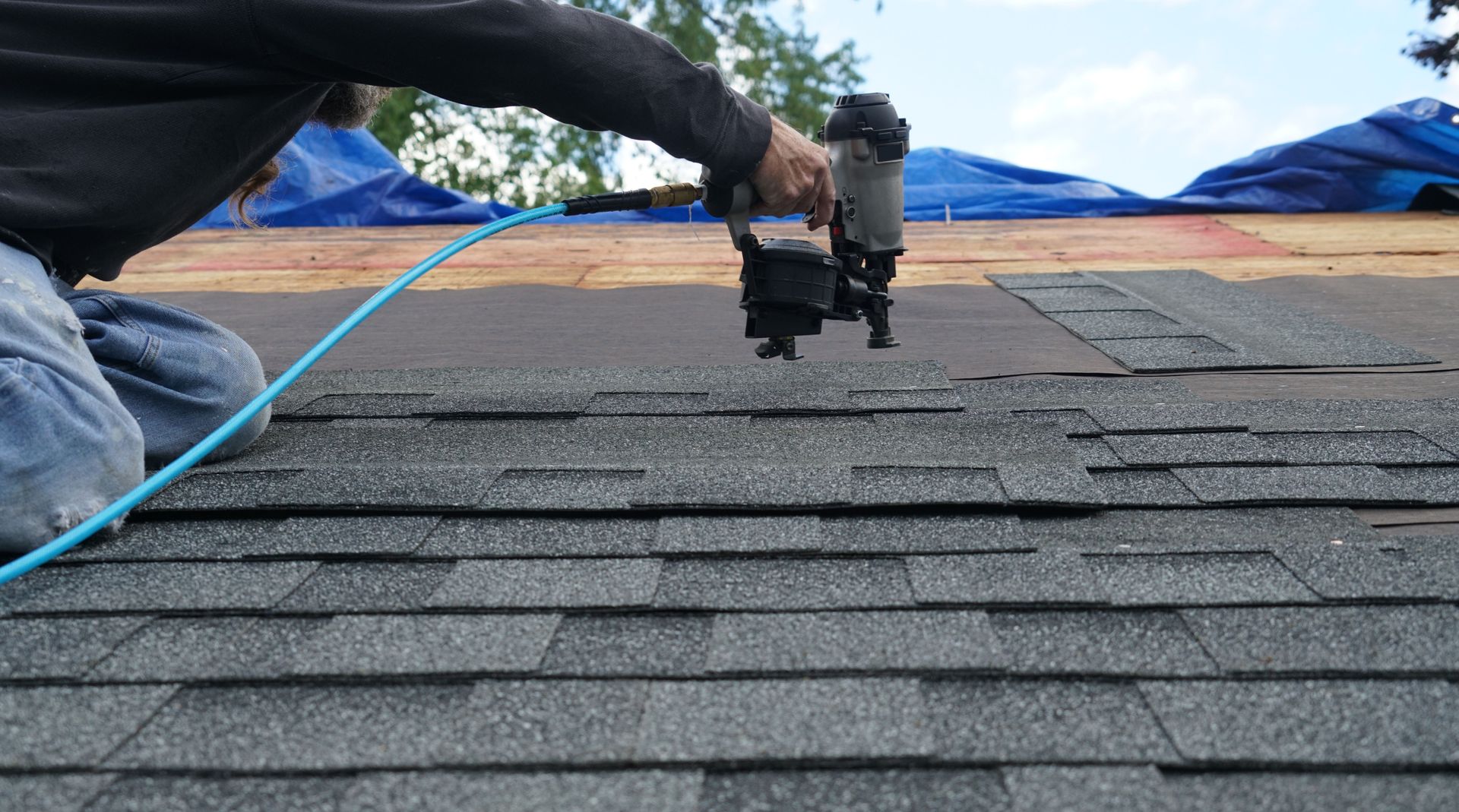

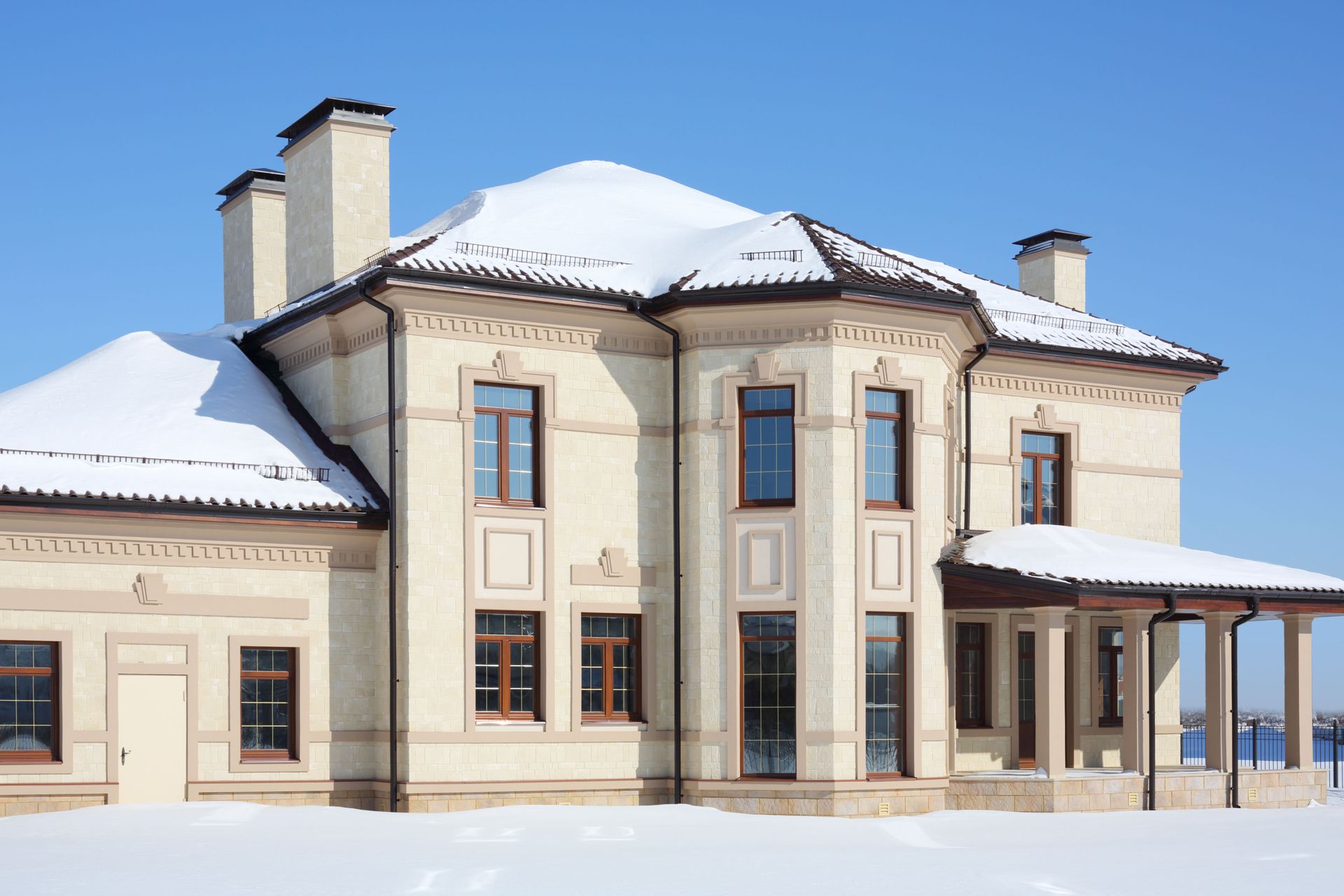
Share On: